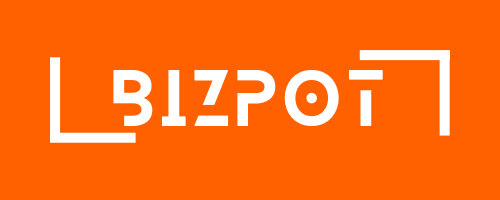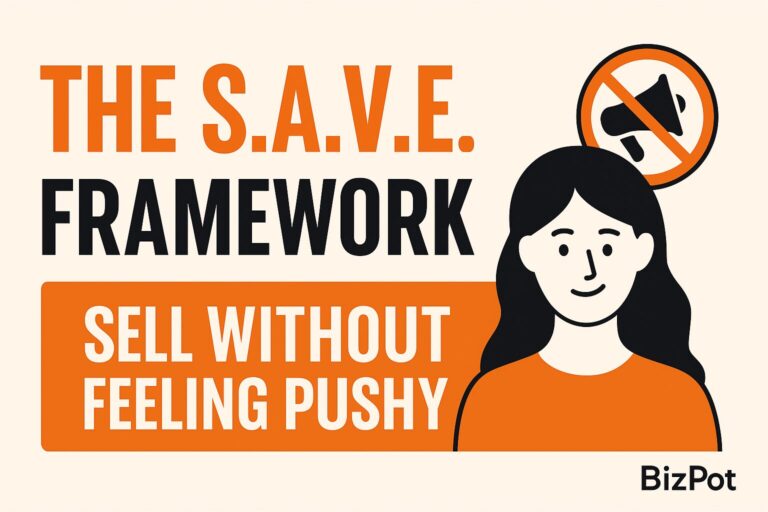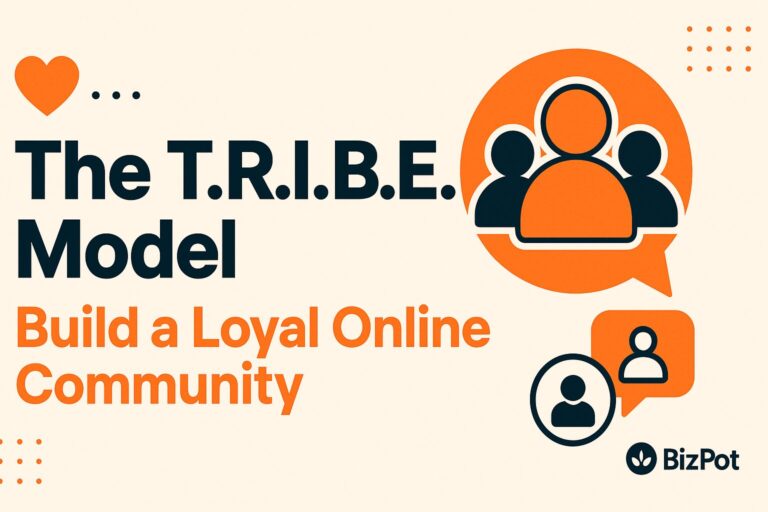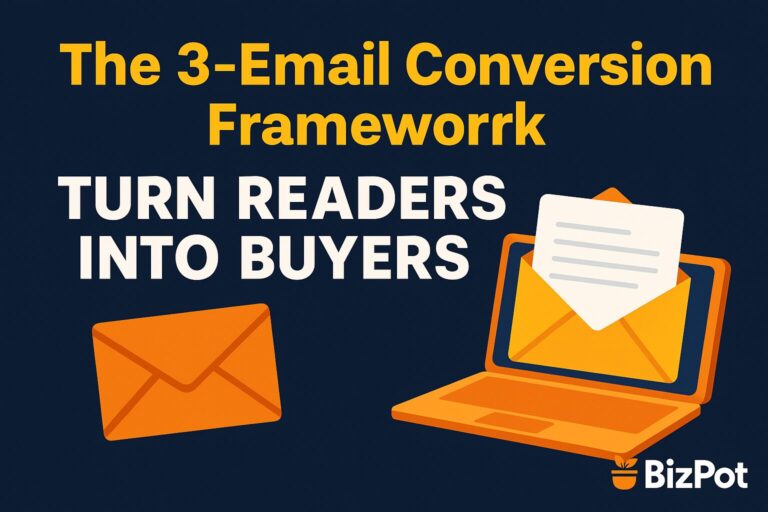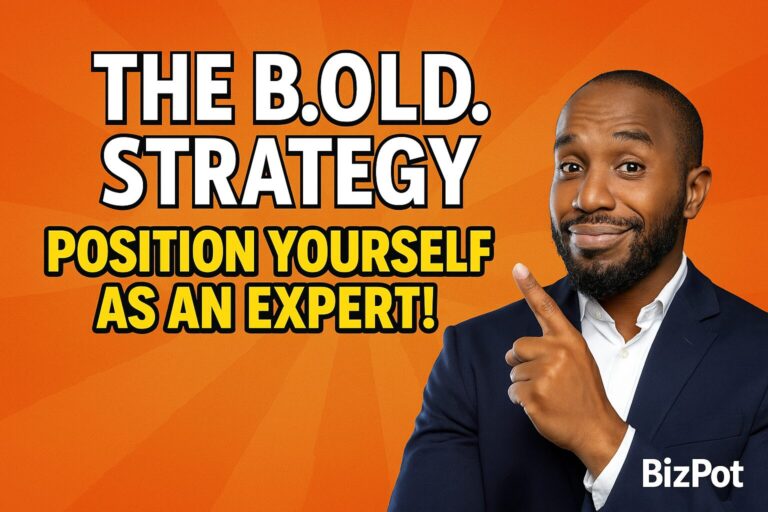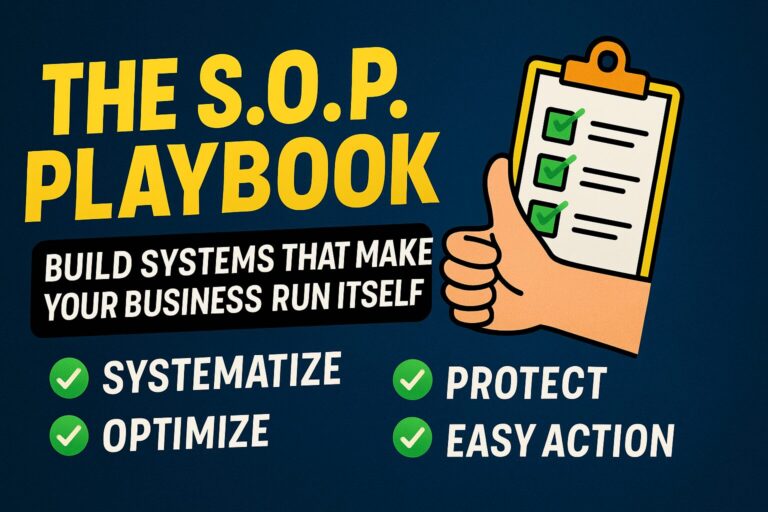IDEA Framework
How to Find the Right Business Idea (Even If You Have No Experience)
🔹 Introduction
Finding the right business idea can feel overwhelming, especially if you have no prior experience. Many aspiring entrepreneurs get stuck in analysis paralysis, unsure of which idea will actually work. The IDEA Framework is a simple, structured method to help you identify, validate, and choose a business idea that fits your skills, interests, and market demand. By the end of this post, you’ll have a clear roadmap to discover a business idea that aligns with your strengths and has real potential.
🔹 What Is the IDEA Framework?
The IDEA Framework is a four-step process designed to help you find and validate a profitable business idea. It stands for:
✅ I – Interests & Strengths
✅ D – Demand in the Market
✅ E – Earnings Potential
✅ A – Actionability & Validation
Let’s break it down step by step.
1️⃣ I – Interests & Strengths
The best businesses align with your interests and strengths. If you don’t enjoy the work, you won’t stay committed. If you’re not good at it, customers won’t pay you.
Ask Yourself:
- What skills or knowledge do I already have?
- What topics or industries excite me?
- What problems do I naturally solve for others?
Example: If you love fitness and people always ask you for workout tips, an online coaching business or fitness app could be a great fit.
Action Step: List 5-10 interests and strengths that could turn into a business.
2️⃣ D – Demand in the Market
Passion alone isn’t enough—you need to solve a problem people are actively looking for solutions to.
How to Check Market Demand:
- Google Trends – Are people searching for this topic?
- Amazon & Udemy – Are there books/courses on this subject?
- Reddit & Quora – Are people asking questions about it?
- Social Media – Are influencers talking about it?
Example: If you’re skilled in graphic design, check if businesses struggle with branding or social media visuals. If there’s demand, it’s a great business opportunity.
Action Step: Research 2-3 potential business ideas and check demand using the tools above.
3️⃣ E – Earnings Potential
Even if an idea excites you, it must be profitable. If people aren’t willing to pay for a solution, it’s not a business—it’s a hobby.
How to Check Earnings Potential:
- Are competitors already making money? (A good sign!)
- Are businesses spending on ads in this niche?
- Are there existing business models (e.g., coaching, products, subscriptions)?
Example: If you want to teach coding, check if people pay for coding boot camps or online courses. If they do, there’s proof of earnings potential.
Action Step: Find at least 3 businesses already making money in your chosen niche.
4️⃣ A – Actionability & Validation
The final step is to test your idea quickly before investing time and money.
Ways to Validate Your Idea:
- Offer a free or low-cost version to test demand
- Start a landing page & collect emails from interested people
- Pre-sell before building (e.g., Kickstarter, pre-orders)
Example: If you want to sell an online course, create a free mini-course and see if people sign up. If they do, that’s validation.
Action Step: Choose ONE way to validate your idea this week.
🔹 Quick Takeaways (Summary)
✅ I – Interests & Strengths: Pick an idea that aligns with your skills & passion.
✅ D – Demand: Ensure people are already searching for solutions in this niche.
✅ E – Earnings: Check if people are willing to pay for this solution.
✅ A – Actionability: Validate your idea before fully committing.
